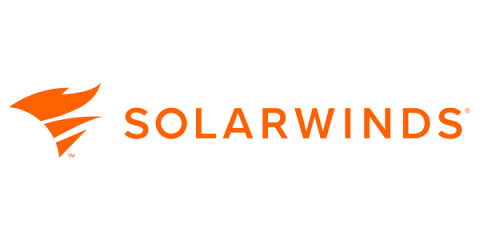SolarWinds Observability 2025.1: Big Cloud Updates for GCP, AWS & Azure!
New cloud support has landed in SolarWinds Observability 2025.1! Now with expanded monitoring for Google Cloud, AWS, and Azure, you can track even more cloud entities with ease. What’s new? Google Cloud – Now supports Google Compute Engine Azure – New support for Azure App Service & Blob Storage AWS – Expanded RDS support (MySQL, Aurora, PostgreSQL, Oracle) + Load Balancer monitoring See it in action! We explore the latest dashboards and drill into cloud resources like virtual machines, databases, and storage.






